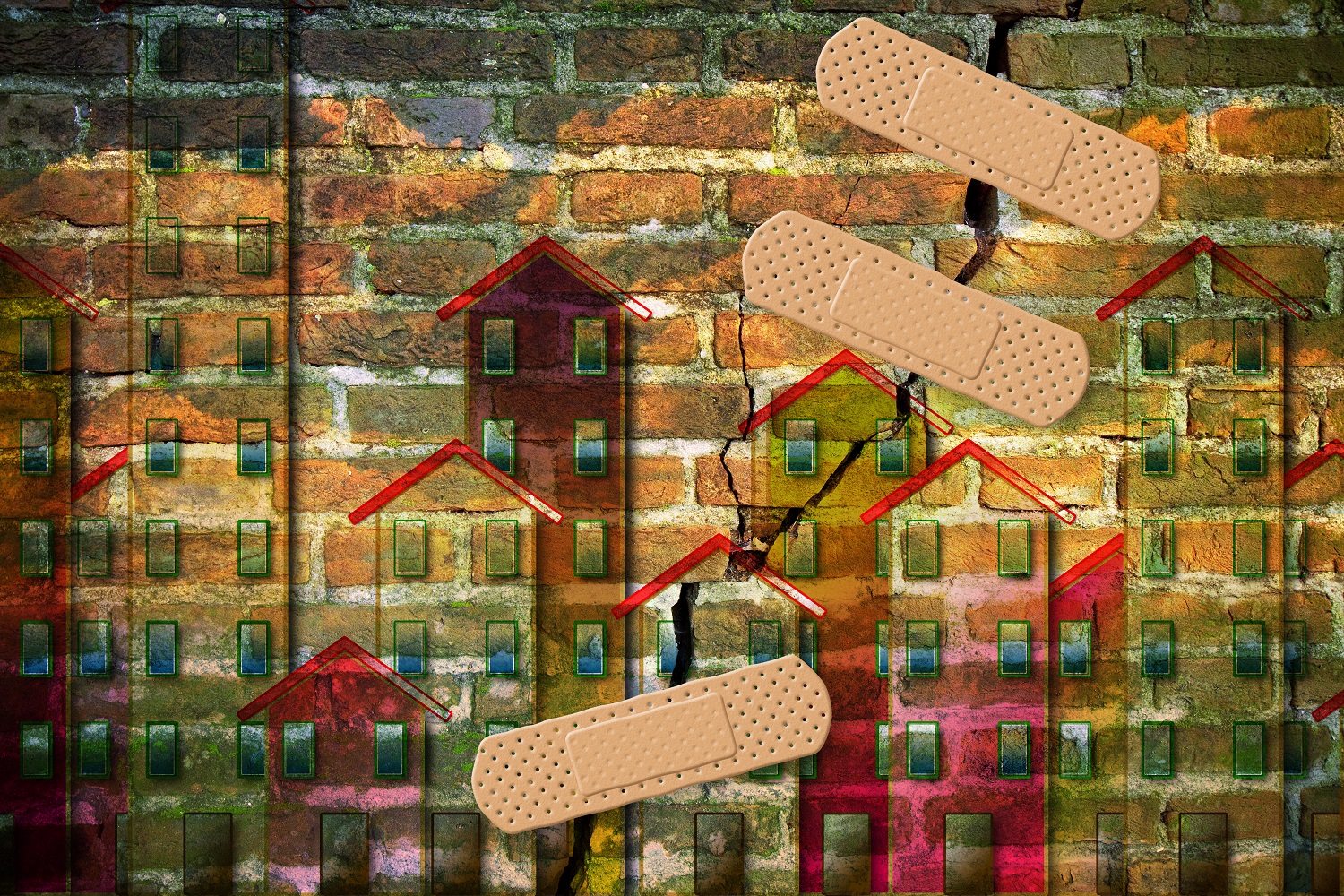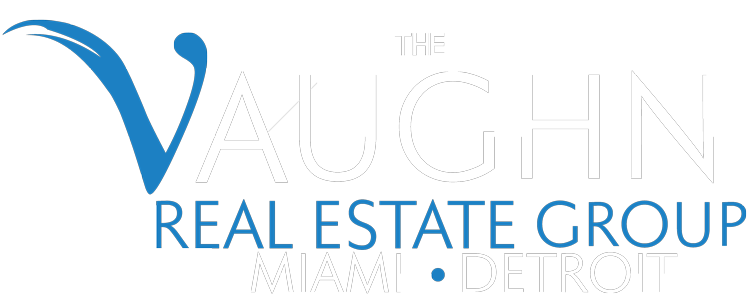Florida has long been a desirable destination for vacationers, retirees, and those seeking a warm climate. Its beautiful beaches, vibrant cities, and diverse culture have contributed to its reputation as a prime location for real estate investment. However, as the popularity of condominium ownership in Florida continues to rise, so does the cost associated with it. Many condominium Boards have been reluctant to be transparent with their fellow owners about the rough financial road ahead for their communities. It’s time to rip the band-aid off and talk about the factors driving the increasing cost of condominium ownership in the Sunshine State.
Association Fees and Maintenance Costs
Owning a condominium comes with its share of ongoing expenses, primarily in the form of homeowners’ association (HOA) fees and maintenance costs. These fees are collected to cover various communal expenses such as landscaping, security, building maintenance, and shared amenities. Over time, these fees can add up significantly, further impacting the overall cost of condominium ownership.
Rising Insurance Premiums and Disaster Preparedness
In recent years, the escalating cost of property insurance in Florida has become a growing concern for homeowners and policymakers alike. Florida’s geographic location makes it susceptible to frequent and intense hurricanes and other natural disasters. These catastrophic events can result in significant property damage and massive insurance claims, forcing insurance companies to raise premiums to cover potential losses. Florida condominium associations have also experienced a surge in insurance-related lawsuits, particularly in the realm of water damage claims. The resultant legal costs and increased claims payouts have contributed to the upward pressure on insurance premiums.
Aging Infrastructure and Maintenance
Many condominium communities in Florida were established decades ago, and the aging infrastructure requires ongoing maintenance and repairs. The 2021 collapse of Champlain Tower South in Surfside, Florida, also had far-reaching effects on condominium associations across the state. The tragic event led to significant changes in how condominium associations in Florida approach building safety, maintenance, and inspections. Regular upkeep, concrete deterioration, waterproofing/painting, roofing, and infrastructure improvements are necessary to ensure the safety and longevity of the buildings. As time and extreme weather takes their toll on these structures, the cost of maintaining and upgrading them adds to the overall operational expenses of the association.
Mandatory Reserve Funding
In response to the collapse of Champlain Towers South, the Florida Senate passed Senate Bill 4-D. Beginning in 2025, Florida condominiums will be required to fund association reserves accounts for building components such as the roof, structural components, fire protection systems, plumbing, electrical systems, waterproofing / exterior painting and windows.
Rising Repair Cost
The construction industry in Florida has experienced its fair share of challenges, including the impact of hurricanes, increased material costs, and labor shortages. These factors have led to rising repair costs, which are then passed on to unit owners in the form of higher condominium reserve funding assessment.
Regulatory Compliance
Florida’s dynamic regulatory landscape places additional financial burdens on condominium associations. Compliance with state and federal laws, building codes, and environmental regulations requires investments in legal counsel and administrative efforts. Staying abreast of changing regulations and ensuring compliance can lead to unexpected costs that impact the operational budget.
Utility Costs and Energy Efficiency
The scorching Florida climate drives high utility usage for air conditioning, lighting, and other amenities. With a growing emphasis on environmental sustainability and energy efficiency, condominium associations are under pressure to adopt greener technologies. While these initiatives can result in long-term cost savings, the upfront investment can strain the operational budget.
Vendor Contracts and Labor Costs
Condominium associations often rely on vendors for various services such as landscaping, maintenance, and security. Escalating vendor costs, labor rates, and material prices can drive up the operational expenses of these communities. Additionally, the need to attract and retain skilled labor for maintenance and management positions can contribute to rising labor costs.
Conclusion
The increasing operational costs of condominium associations in Florida underscore the complex challenges faced by these communities as they strive to provide residents with a comfortable, secure, and enjoyable living environment. Balancing the demand for modern amenities, infrastructure maintenance, regulatory compliance, and disaster preparedness presents a formidable task for association leaders and residents alike. As Florida’s condominium market continues to evolve, finding innovative solutions to manage and mitigate rising operational costs while maintaining a high standard of living remains a critical endeavor. Collaborative efforts between condominium associations, management teams, and residents will be crucial in navigating this challenging landscape and ensuring the sustainability and success of Florida’s vibrant condominium communities.
Daleik Alex Vaughn, MBA is a Real Estate Broker with Vylla Home, Licensed Community Association Manager, Adjunct Professor of Residential Property Management at Nova Southeastern University and Founder and CEO of Saivy, a fintech startup on a mission to empower people to achieve optimal financial health and help preserve their sense of security provided by homeownership. Learn more and connect with him here.




